Our arrival in Split did not go well. It was late August and we had flown from Zurich via Zagreb, but our luggage did not arrive with us. Like numerous airlines in recent times, Croatia Airlines had lost the luggage, but it was a first for us and we would have preferred not to become part of the statistics.
The flight we took from Zagreb went on to Rome so our bags could have been in any one of three cities. Luckily they had simply been left behind in Zagreb and were quickly flown down to Split, but that’s when things really started to go wrong.
Each day we were promised that the bags would be delivered to our hotel but they never were. By the third day we were really worried as we were leaving for a cruise of the Croatian islands the following day, and we faced the unsettling prospect of having to purchase a completely new wardrobe and accessories. We had already been walking around in the same clothes for three days.
We wasted precious time waiting around the hotel for delivery and were even given estimated times on the third day – first 11am then 1pm – but both times passed without any sign of our luggage. Then at around 5pm came a confession: the bags weren’t going to be delivered before we left and what’s more they were not on a delivery van as we had been led to believe, they were still at the airport!
Thankfully, someone came up with the brilliant idea of putting them on the airport shuttle bus, from which we could collect them when the bus arrived in town, and this we did at the 11th hour. Had we been told the truth we could have collected the bags ourselves three days earlier. Our later detailed complaint to the airline produced only a lukewarm response. Croatia Airlines is a member of the Star Alliance and I had hoped for better.
The Riva or waterfront.
Split is the second-largest city in Croatia after the capital, Zagreb, and it shows. When we were there summer was practically over, but the waterfront restaurants were still full and the streets of the old town were jam-packed with visitors. They come from everywhere – from far-flung places but also from other Balkan countries and from elsewhere in Croatia.
Pjaca Square, also known as the People’s Square.
We stayed in the old town where cars are not allowed except for delivery vehicles. We stayed at Hotel Slavija, which was opened in 1900 and is the oldest hotel in Split. The building, however, dates from the 17th century. A floor plan on the wall shows the layout of the Diocletian private baths built in the 4th century and above which the hotel has been constructed. Our hotel was situated close to Pjaca Square, one of the most frequented piazzas in the city and a popular gathering place.
Diocletian's Palace is an ancient structure completed in the early 4th century and which has been a UNESCO World Heritage site since 1979. It was built for the Roman emperor Diocletian as a place to enjoy his retirement years. Today, its considerable remains form about half of the old town of Split.
The construction of the palace between 293 and 305 is commonly thought of as synonymous with the early years of Split, but in fact the city was founded several centuries earlier as the Greek colony of Spálathos. It was a colony of the polis or city area of Issa, now the modern-day town of Vis (which we also visited while in Croatia). The exact year Spálathos was founded is not known, but it is estimated to have been in the 3rd or 2nd century BCE.
Once you’ve viewed the palace from multiple angles while exploring Split, it’s easy to see why any emperor would be happy to build his retirement home here. Construction was an elaborate affair with materials brought in from all over the region, and some from as far away as Egypt.
The building was called Diocletian’s “Palace” because of its intended use as a retired emperor’s residence. However, it’s something of a misnomer because the structure is massive and looks more like a large fortress. About half of it was for Diocletian's personal use and the rest housed the military garrison.
In any event Diocletian never got to enjoy the long retirement he envisaged. In 305 when he relinquished his title – the only Roman emperor ever to do so – he had become ill. He lived simply in the palace until his death in 311 and was interred in its mausoleum.
The original basement of the palace has been opened up to visitors and offers a glimpse into the living arrangements of the earlier occupants. Steps at the northern end lead up to the Peristyle, which was originally the central courtyard of the palace but is now part of the virtual living museum, where modern shops, cafés and apartments coexist with ancient structures. In the courtyard there is no shortage of faux Roman emperors to address the crowd.
Among other attractions are the Pazar or Green Market and the fish market. The big open-air Green Market is located at the eastern side of the Diocletian Palace in front of Silver Gate, and sells a huge range of fruit and vegetables, but also plenty of other goods including clothes. Local farms near Split produce all groceries found here and the market only offers seasonal products. The market opens around 7am and closes by 2pm.
Just a five-minute walk away is the fish market or Ribarnica. The fish market is in a closed area during winter but usually outside in the summer.
Outside the north gate of the palace stands the statue of Gregory of Nin. Gregory, or Grgur Ninski to give him his proper name, is a famous figure and a champion of the Croatian language.
In 926, Croatian church representatives were summoned to Split by Pope Ivan X and ordered to conduct a reform of the church system. The pope wanted Slavic languages to be banned by the church and Latin made the only acceptable language for Mass and official church business. In the factional fighting that followed, Gregory of Nin led the charge in favour of the old Slavic languages and is today regarded as a national hero.
Many statues have legends that promise visitors good fortune if they touch or rub a part of the statue’s anatomy. Gregory is no exception and in the photo above you can see the result of constant rubbing of his big toe.
A symbol of Split is the Cathedral of St Duje (or Domnius) named after the first bishop of Salona and built in the 13th century. It’s one of Split’s most famous attractions complete with Romanesque wooden doors and appearing frequently appearing on local postcards.
Next to the cathedral is Split’s iconic bell tower, six storeys high and tapering towards the upper levels, to which you can climb if you’re fit enough.
Prokurativa or Republic Square.
According to Time Out writer Jonathan Bousfield, “There can’t be many visitors to Croatia who are still not aware that the Dalmatian city of Dubrovnik is a key location in HBO’s obscenely popular fantasy series ‘Game of Thrones’. What might be less apparent to those other than committed Throne-heads, however, is the extent to which the series seems to be taking over the rest of Dalmatia too – locations around Split lent several new dimensions to season four.”
Well, guess what? I’m one of those few visitors who wasn’t aware of any of this, not being a follower of the series, and I was staggered by the amount of Game of Thrones memorabilia and trivia that clutters the shops of Split. It all seems a little incongruous in such historically beautiful surroundings.
After our cruise around the islands and some inland excursions to Montenegro and Bosnia (which will be the subject of future blogs) we returned briefly to Split before flying on to Zagreb.
After our lost luggage experience on the way down we were a little nervous as we checked our bags at the airport. We consoled ourselves with the thought that it was just a simple flight from A to B. What could possibly go wrong?
Photos © Judy and Barry Barford

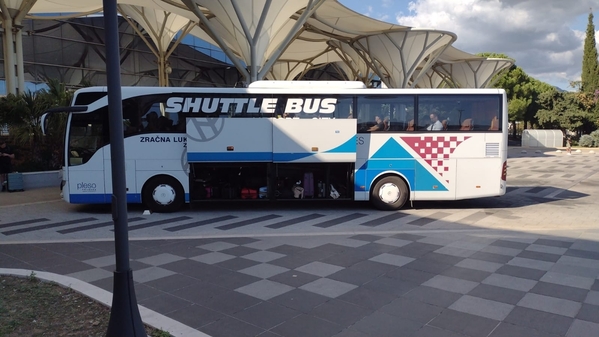
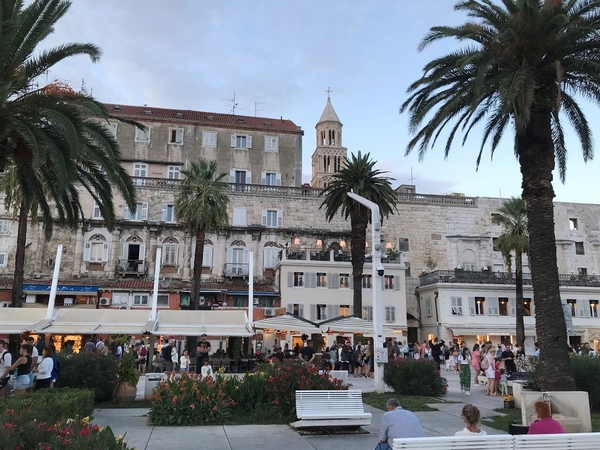
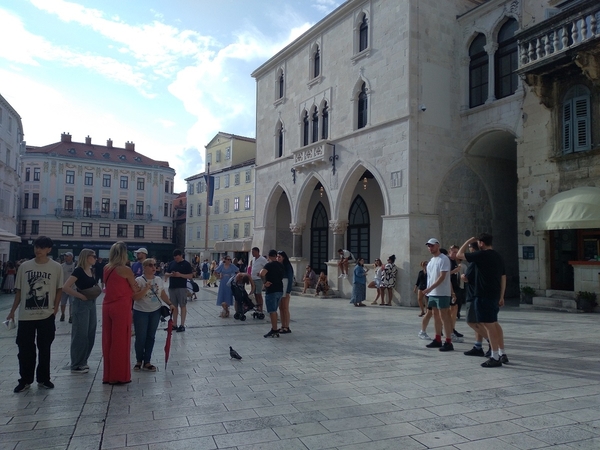
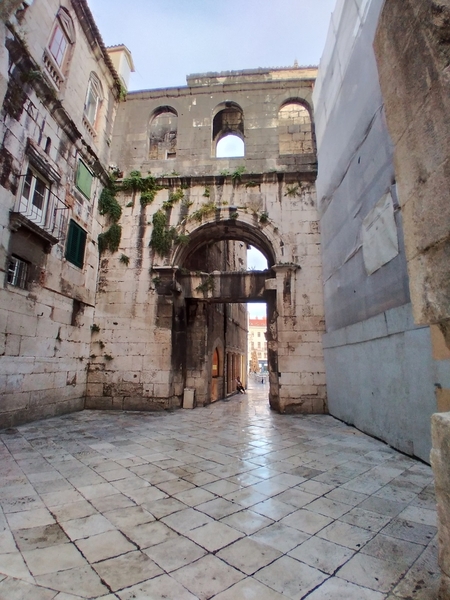
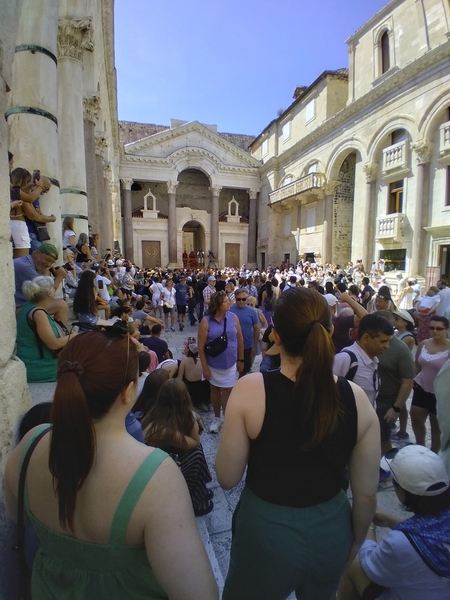

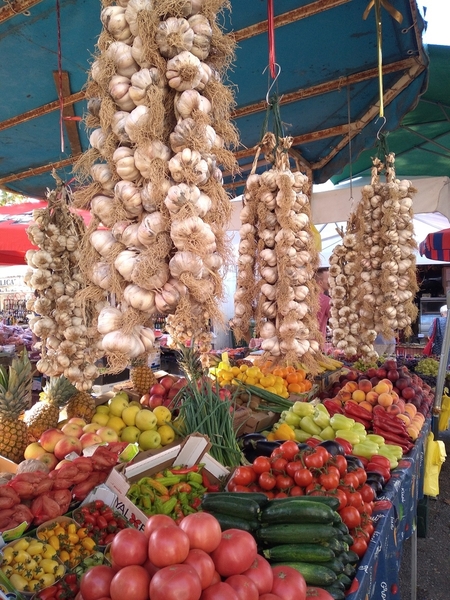


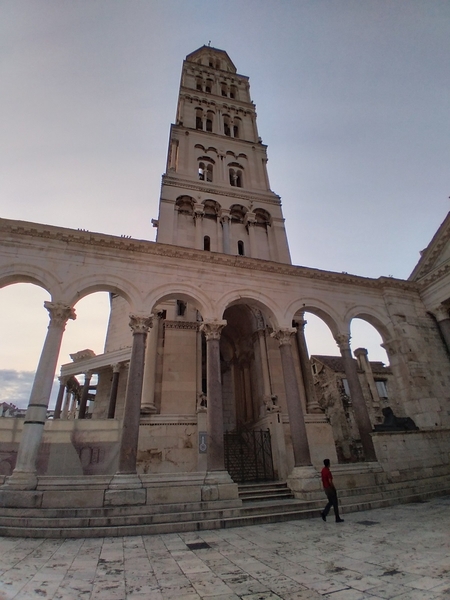
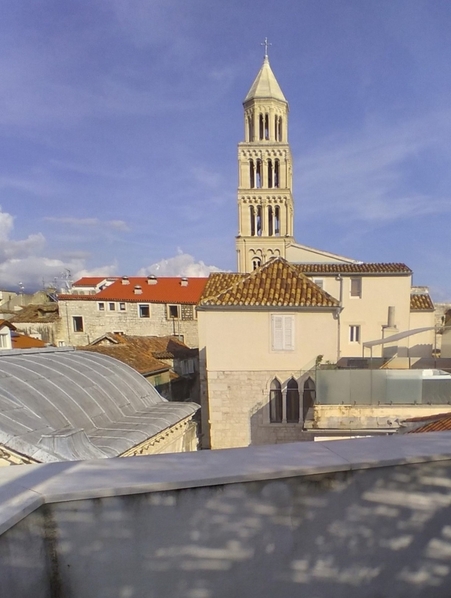

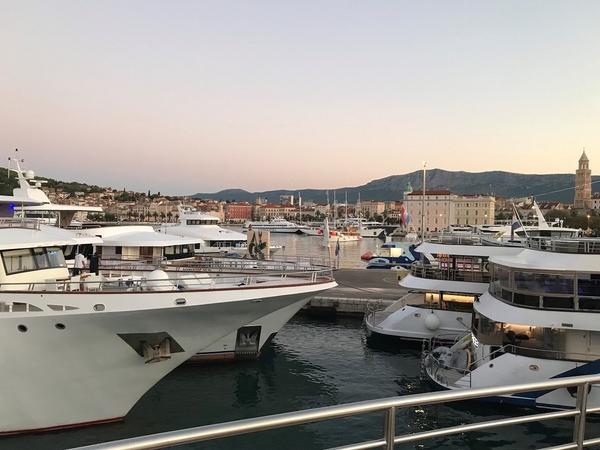
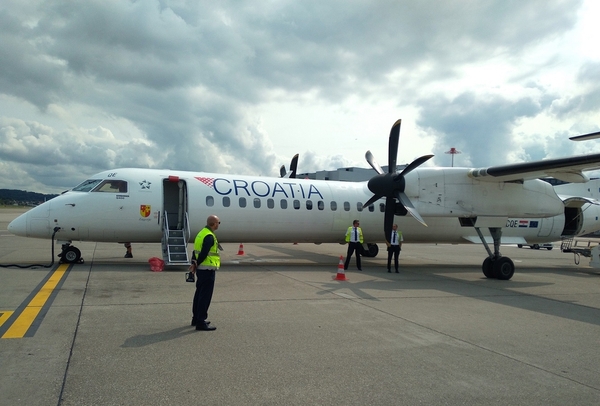







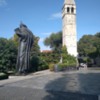
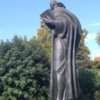



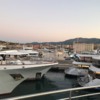

Comments (1)